If you use your garage for more than just parking your car or storing old toys in, then it’s probably a bigger part of your life than you think. So, if you regularly find yourself spending time in the garage, whether because it also acts as your office, workshop, studio, or even as a general living space, you need to keep it liveable.
A cold space or one that does not match your temperature preferences at all is the antithesis of liveable spaces. Temperature is comfort, so if it is too hot or cold in your garage, spending time there is going to be quite a challenge. Fortunately, there are ways around this problem and you can make your garage more liveable by making a few additions to the interior — this addition being to insulate the space and to make it more heat retentive. Garage conversion wall insulation to turn the space into something more liveable is actually much easier than most people believe and a good place to start is to understand what insulation is and what it does.
Before Insulation
Before making any floor plans for insulation, there are certain factors you need to consider as this will determine how effective your insulation project is going to be. There are more reasons as to why your garage does not retain heat and gets cold. Keep in mind that insulation does not warm up the interior — it keeps it warm. So if your garage is cold by nature, insulation isn’t going to do much in the way of warming it up to liveable temperatures.
There are a lot of reasons why your garage gets very cold. It could be a result of many air leaks in the walls, roof, and garage door that allow heat to escape. Another reason why your garage does not stay warm may also be because the HVAC system is not working properly or is not connected to your garage.
You can hire a home inspector to come in and check your garage for any of these issues before installing the insulation. Even with high-quality insulation installed, if these problems persist, the garage would still have problems staying warm. So, if you want your garage wall insulation to successfully retain warmth throughout the room, check for any of these issues before installing it.
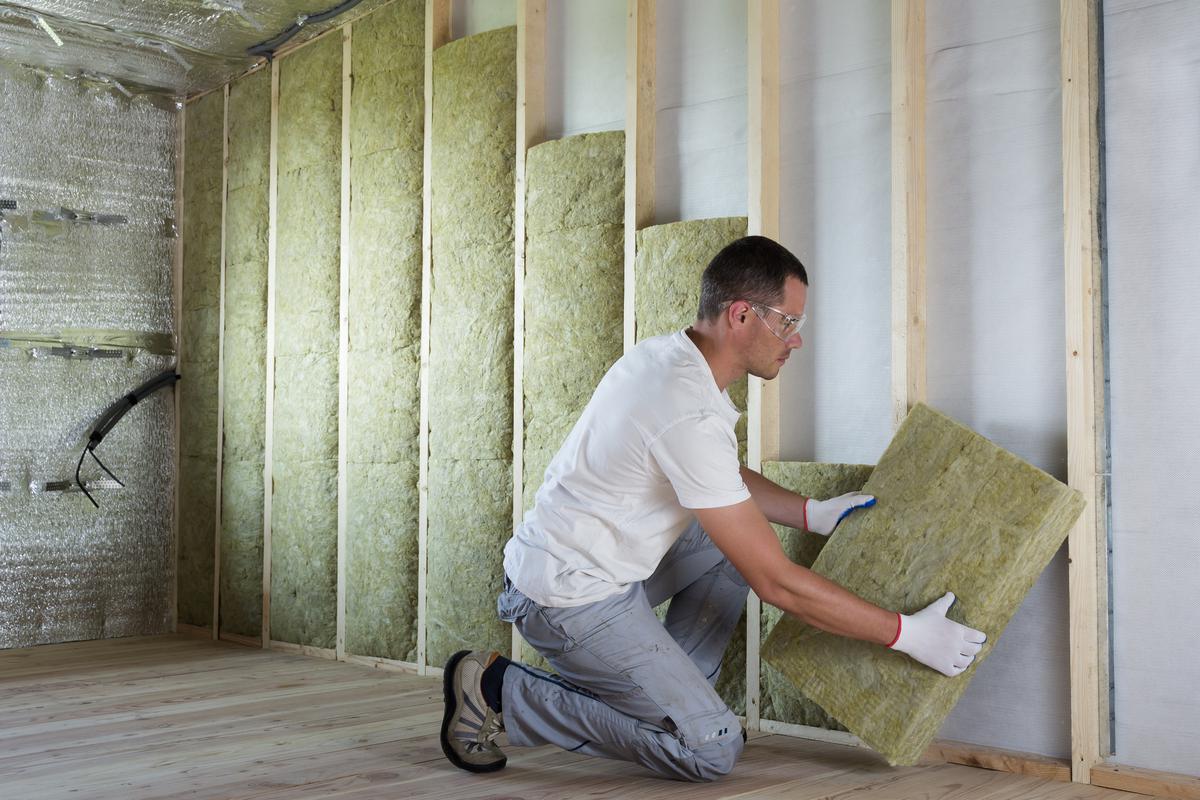
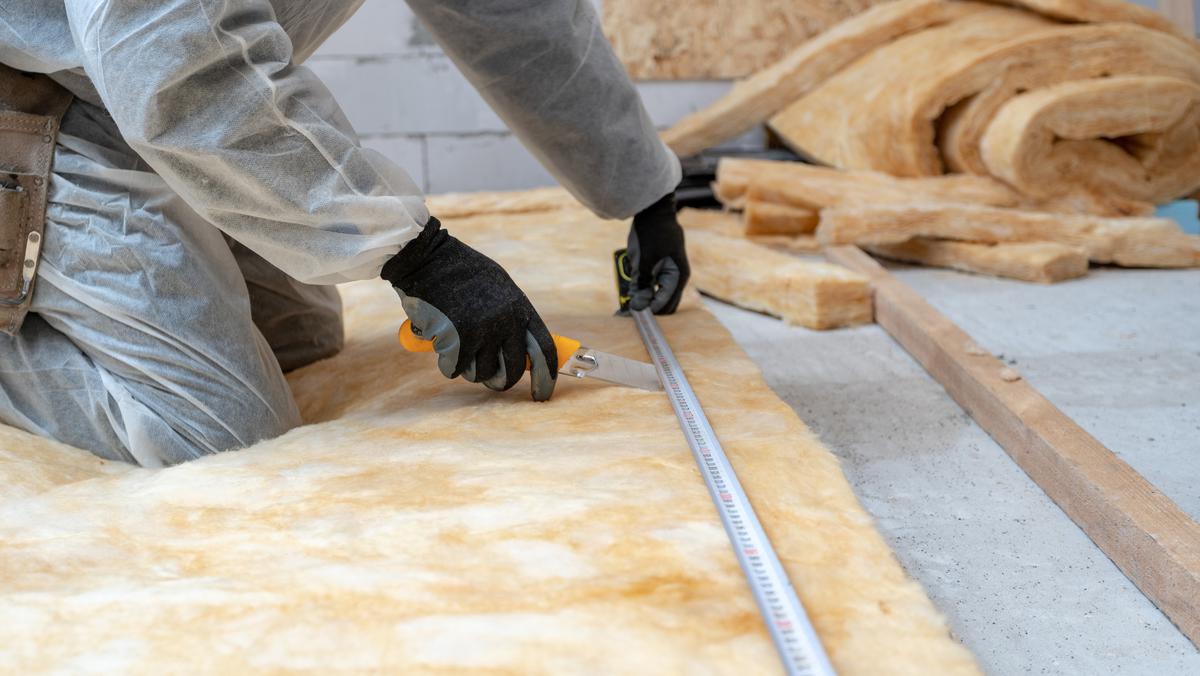
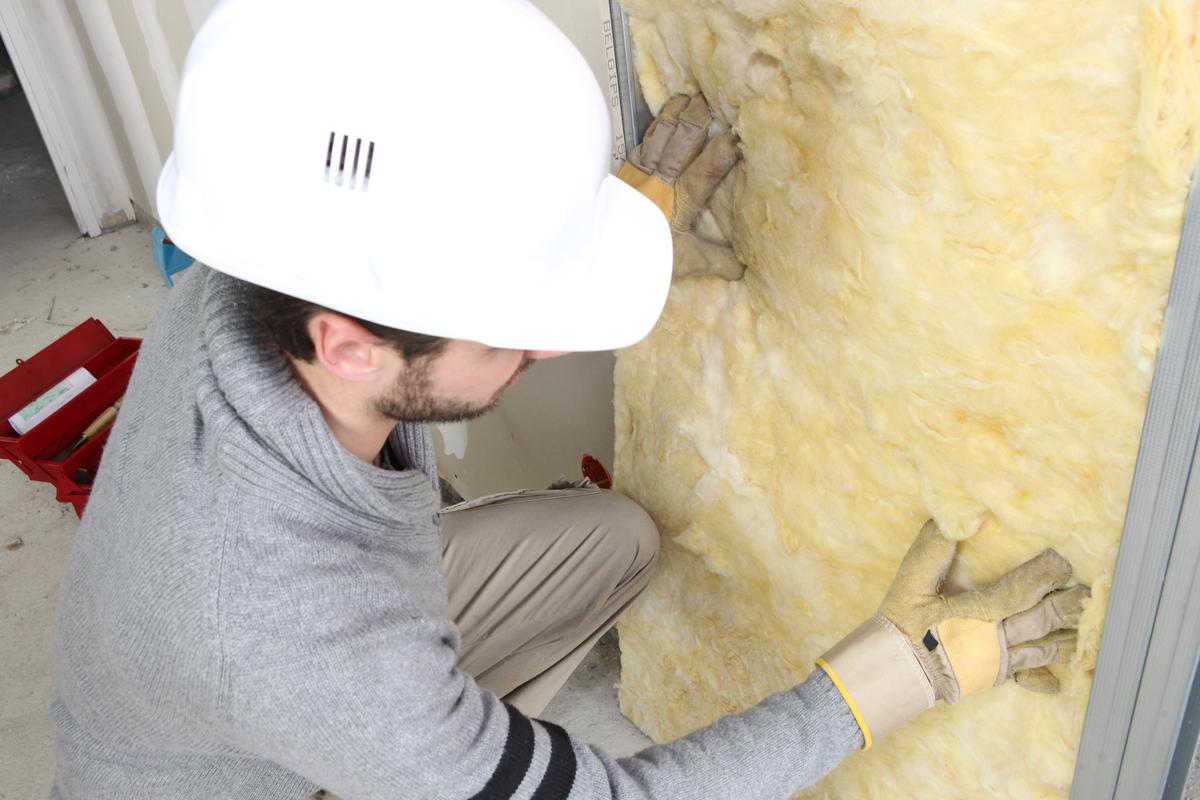
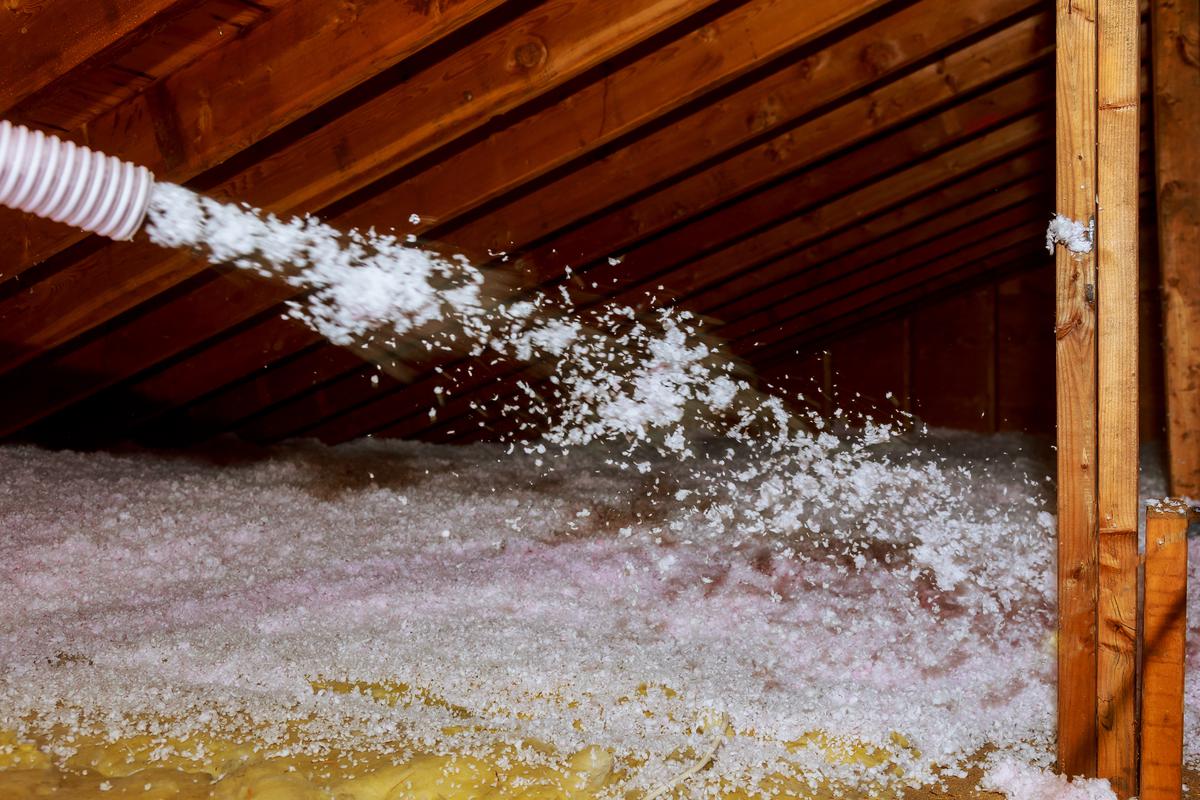
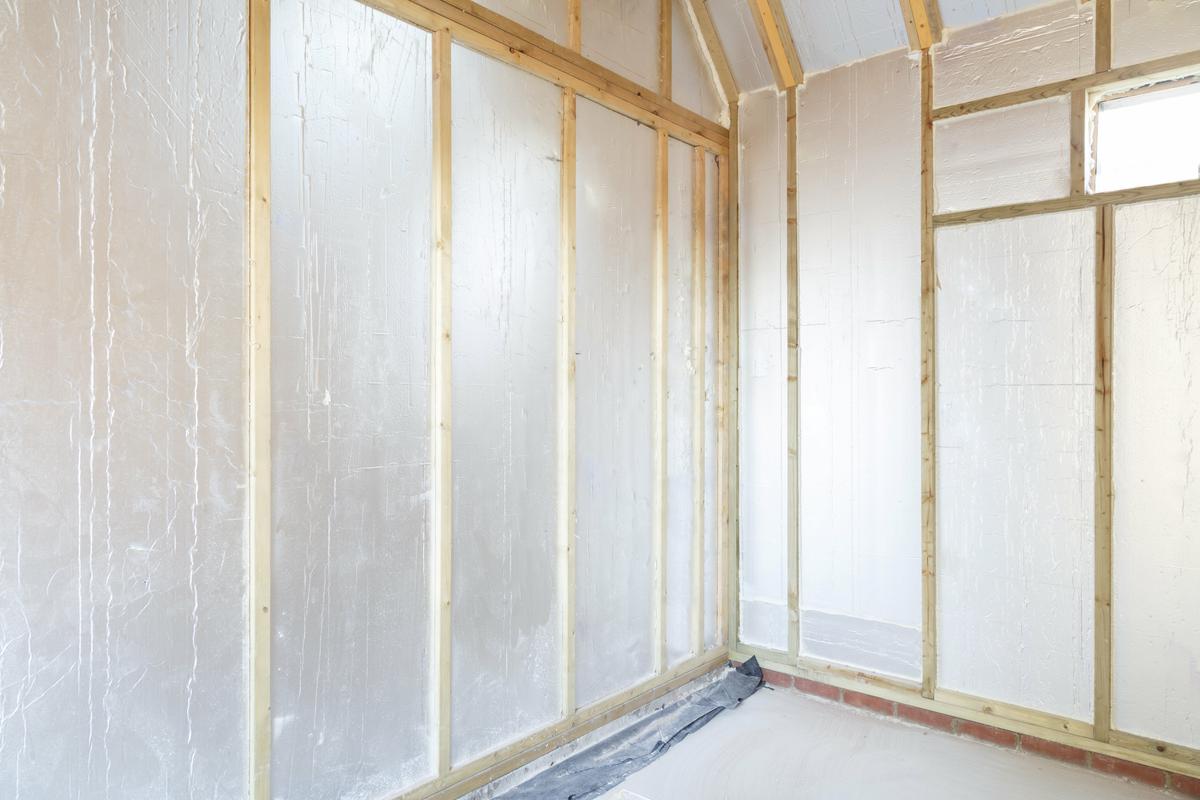
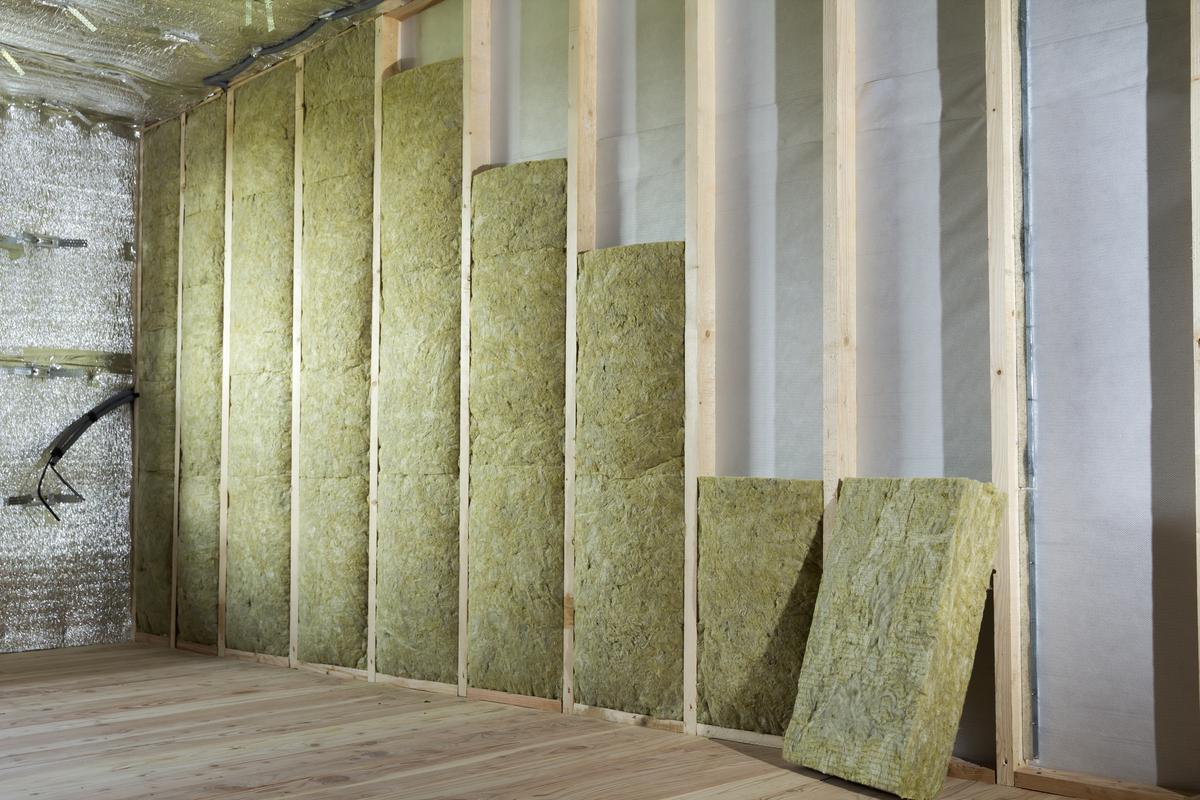

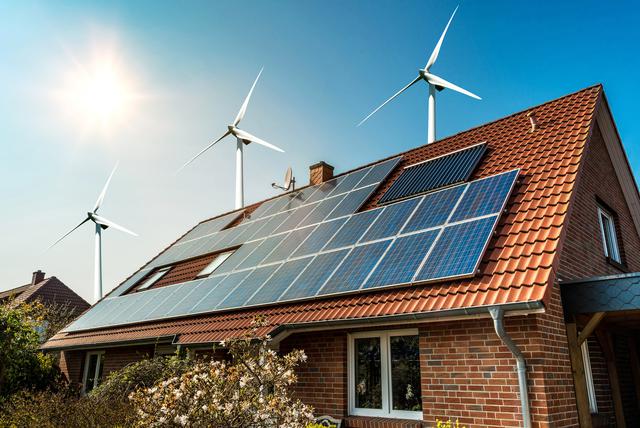
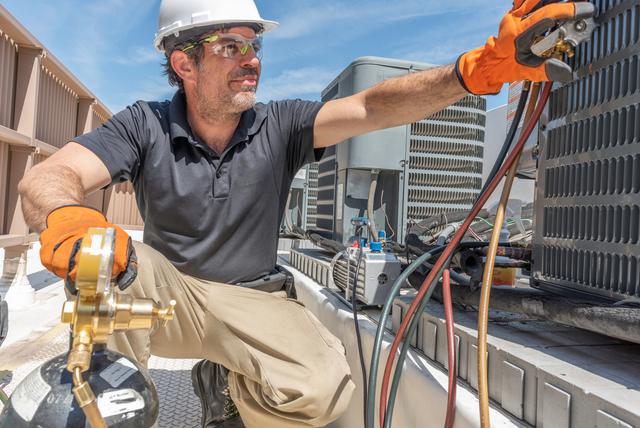
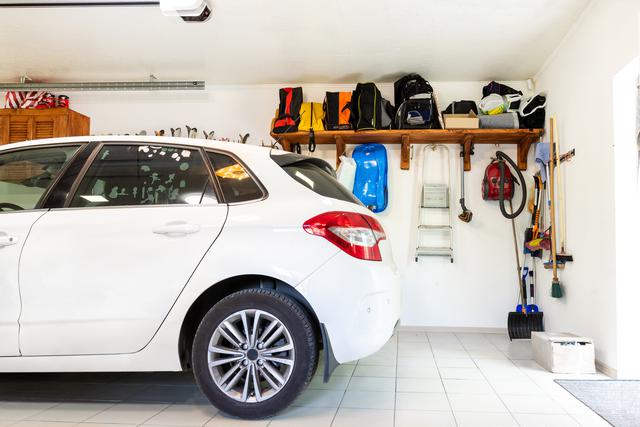
comments